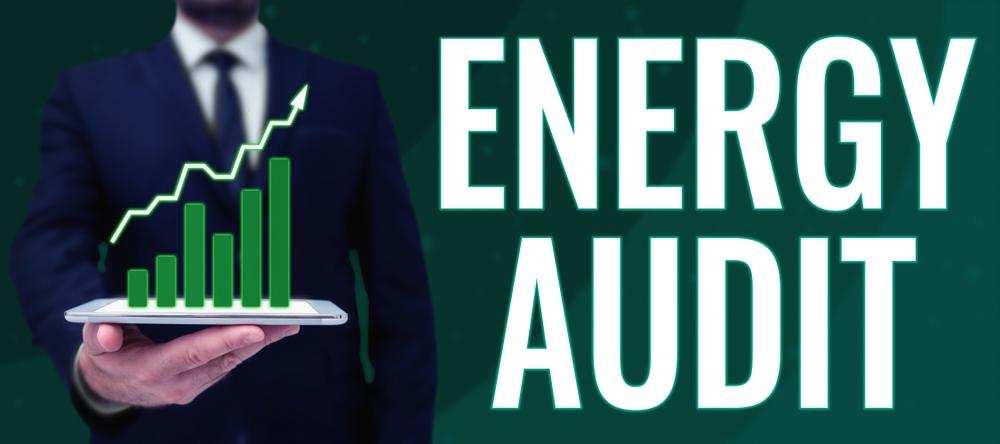Tag: energy costs
-

How Energy Audits Can Boost Commercial Building Performance
As businesses across the world strive to become more eco-friendly, many are turning their attention to energy efficiency. Energy audits are a critical tool in the effort to reduce your business’s environmental footprint and get the most from your building….
-

Essential Reasons Your Business Should Switch to Solar Power
Making a choice to switch your business’s energy source from traditional fossil fuels to solar power has multiple benefits. The biggest and most obvious one is reducing your carbon footprint, which helps protect the environment, but there are endless other…
-

Which Renewable Energy is Better, Wind or Solar?
As global energy consumption rises, finding sustainable ways to produce electricity is growing ever more important. Numerous renewable energy sources are available, such as wind and solar power, but which of these should you choose? In this blog post, we’ll…
-

How Does EBEWE Benchmarking Help in Building an Energy Management System?
Benchmarking is an important component in building a successful energy management system, helping you recognize areas for improvement, prioritize strategies and track performance. EBEWE Benchmarking is an innovative benchmarking tool specifically developed to help organizations size up their own energy…